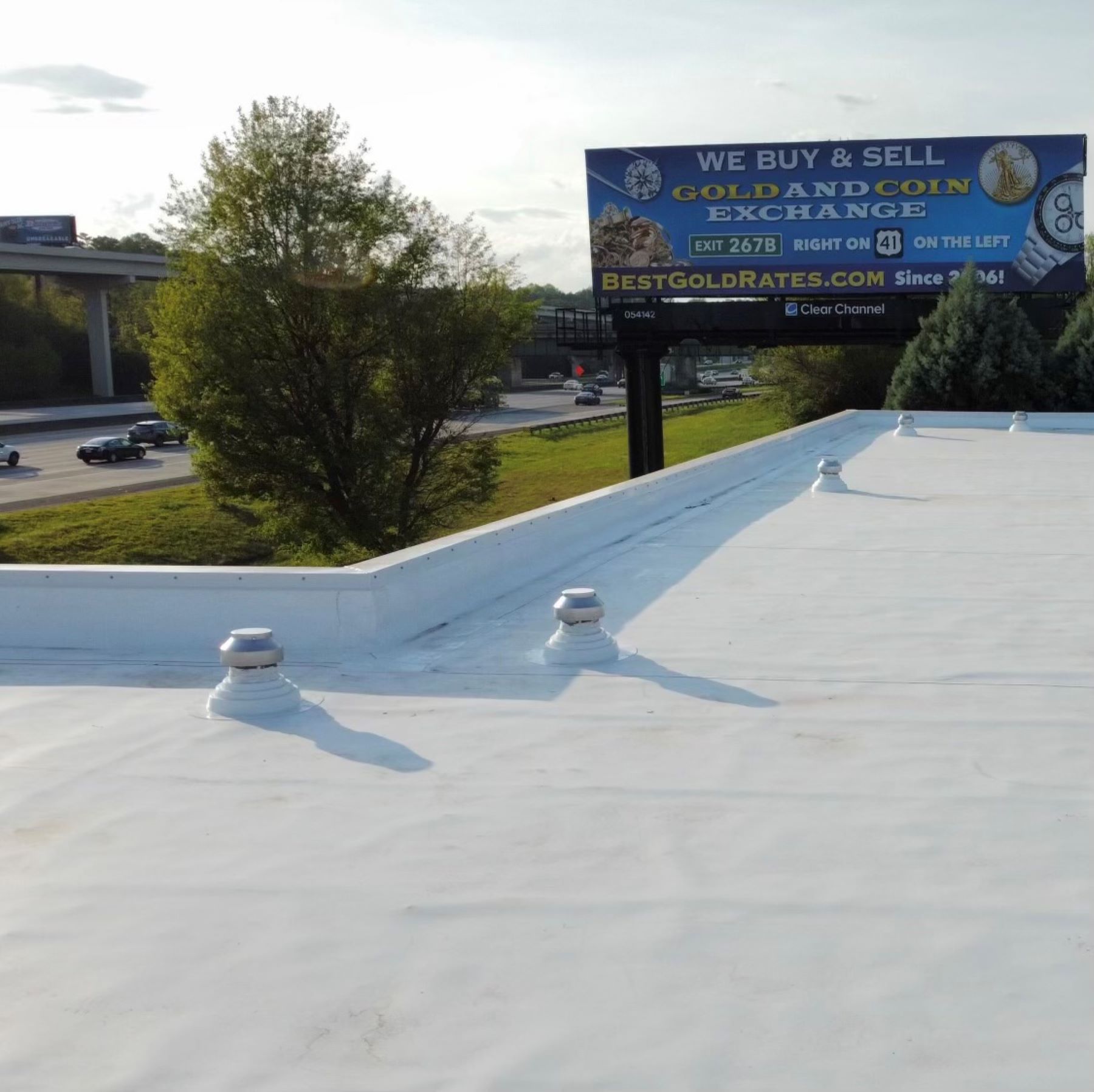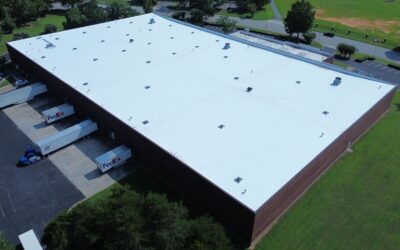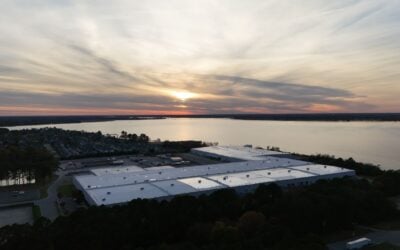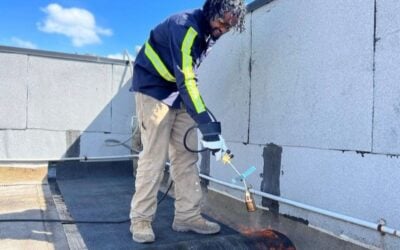Wind vented roofing systems are becoming increasingly popular as they offer several benefits over traditional roofing systems. These systems are designed to provide improved air flow and ventilation to the attic space, which can help to reduce the risk of moisture damage, improve energy efficiency, and prolong the life of the roof. In this blog, we will explore the benefits of wind vented roofing systems and why they are becoming the preferred choice when it comes to roofing systems.
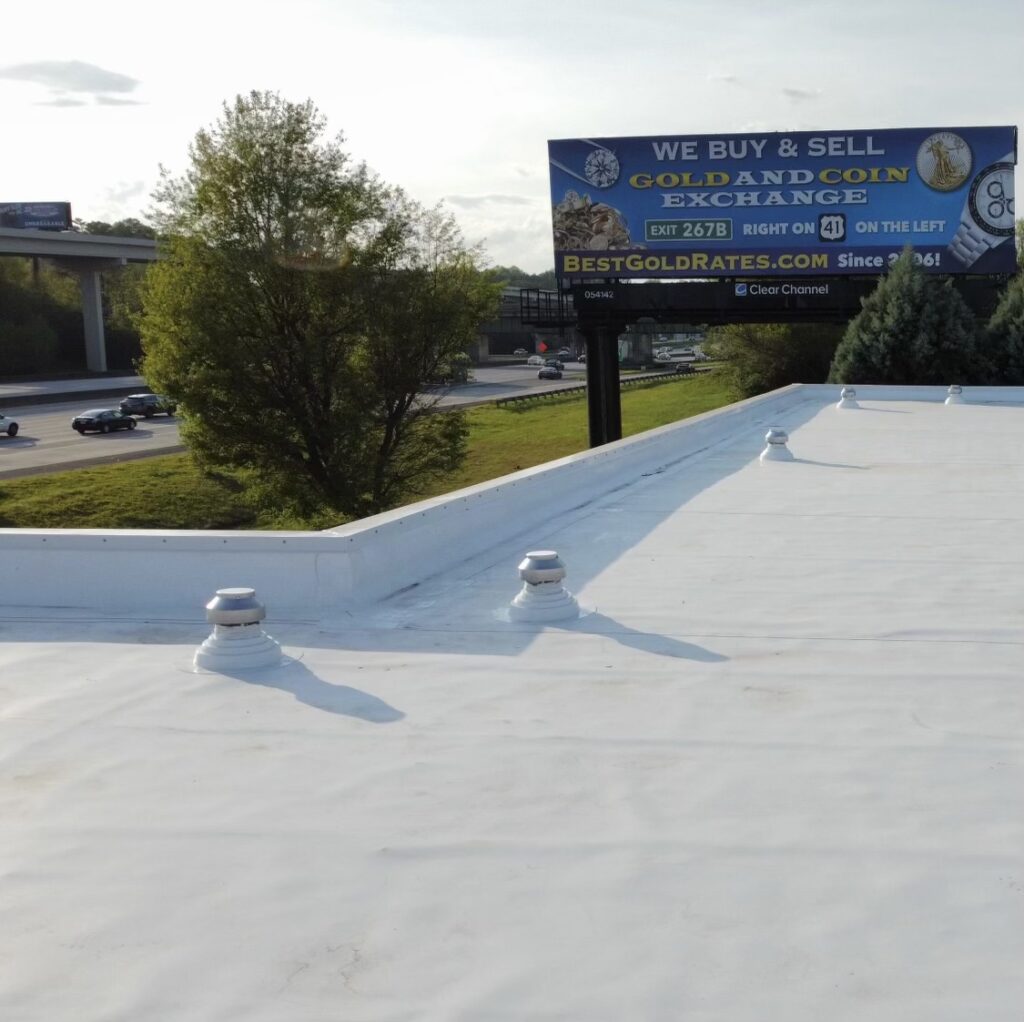
How does it work?
A wind-vented commercial roofing system is designed to provide efficient ventilation and airflow beneath the roof surface. It consists of several components that work together to allow air movement and prevent the buildup of moisture and heat within the roofing assembly. Here’s how it typically works:
- Roof Deck: The base layer of the roofing system is the roof deck, which is typically made of plywood or metal. It provides structural support and serves as the foundation for the rest of the roofing components.
- Insulation: On top of the roof deck, insulation boards are installed to provide thermal insulation and energy efficiency. These boards are usually made of materials like rigid foam or mineral wool.
- Vapor Barrier: A vapor barrier or a moisture barrier is installed over the insulation layer. It acts as a protective layer, preventing moisture from entering the roofing system from inside the building.
- Air Space: The key feature of a wind-vented roofing system is the air space created between the insulation and the roof covering. This space allows air to flow freely, carrying away heat and moisture.
- Ventilation Openings: Ventilation openings are strategically placed to allow air to enter and exit the roof assembly. These openings can be in the form of ridge vents, soffit vents, or other specially designed vents installed along the eaves or ridges of the roof.
- Wind Uplift Protection: To ensure the stability of the roofing system during high winds, wind uplift protection mechanisms are employed. These can include properly fastened roof coverings, enhanced fastening techniques, or additional structural elements like mechanical attachments or ballast.
- Roof Covering: Finally, the roof covering, such as shingles, metal panels, or membrane roofing, is installed over the ventilation system. The covering provides protection against weather elements and completes the roofing system.
When wind blows over the roof, it creates a positive pressure on the windward side and a negative pressure (suction) on the leeward side. The ventilation openings allow air to enter at the low-pressure areas (typically at the eaves) and exit at the high-pressure areas (usually at the ridge). This airflow carries away heat and moisture from the roof assembly, promoting a drier and cooler environment beneath the roof.
The wind-vented commercial roofing system helps to prevent moisture accumulation, condensation, and excessive heat buildup, which can lead to structural damage, mold growth, and reduced energy efficiency. It can also enhance the longevity of the roofing materials by reducing the stress caused by temperature differentials and excessive moisture exposure.
What are the benefits of a wind vented roofing system?
- Improved Air Flow and Ventilation: Wind vented roofing systems are designed to provide improved air flow and ventilation to the attic space. This can help to reduce the risk of moisture damage, as warm air is able to escape through the roof, reducing the chance of condensation forming. The improved air flow can also help to reduce the temperature in the attic, reducing the risk of heat damage to the roof structure and the building materials.
- Enhanced Energy Efficiency: The improved air flow and ventilation provided by wind vented roofing systems can also help to improve energy efficiency. Warm air is able to escape more easily through the roof, reducing the amount of energy required to cool the attic space and the rest of the building. This can help to reduce energy costs and improve the overall energy efficiency of the building.
- Prolonged Roof Life: Wind vented roofing systems can also help to prolong the life of the roof. The improved air flow and ventilation can help to reduce the risk of moisture damage and heat damage, which are two of the biggest causes of roof failure. The improved air flow can also help to reduce the temperature in the attic, reducing the risk of heat damage to the roof structure and the building materials.
- Improved Indoor Air Quality: Wind vented roofing systems can also help to improve indoor air quality. The improved air flow and ventilation can help to reduce the risk of moisture damage and mold growth, which can have a negative impact on indoor air quality. The improved air flow can also help to reduce the temperature in the attic, reducing the risk of heat damage to the roof structure and the building materials.
- Increased Protection from Wind Damage: Wind vented roofing systems are also designed to provide increased protection from wind damage. The ventilation provided by the system helps to equalize pressure within the attic space, reducing the chance of wind uplift and ensuring that the roof remains securely attached to the building. This can help to reduce the risk of wind damage during storms and high winds, providing added peace of mind for the building owner.
- Cost Effective Solution: In addition to the benefits outlined above, wind vented roofing systems are also a cost-effective solution. The improved air flow and ventilation can help to reduce energy costs, while the increased protection from wind damage can help to reduce the need for costly repairs. Furthermore, the prolonged roof life can help to reduce the need for costly roof replacements, providing a long-term cost savings for building owners.
- Environmental Benefits: Wind vented roofing systems are also environmentally friendly, as they help to reduce energy consumption and improve indoor air quality. The reduced energy consumption can help to reduce greenhouse gas emissions, while the improved indoor air quality can help to reduce the use of chemicals and other pollutants.
- Aesthetic Appeal: Finally, wind vented roofing systems also offer aesthetic appeal. The sleek, modern design of these systems can help to enhance the appearance of a building, adding visual interest and appeal.
In conclusion, wind vented roofing systems are becoming the preferred choice when it comes to roofing systems. The wind vented roofing systems offer a number of benefits over traditional roofing systems. These systems are designed to provide improved air flow and ventilation, enhanced energy efficiency, prolonged roof life and improved indoor air quality. If you are looking to improve your roofing system, consider the benefits of wind vented roofing.

